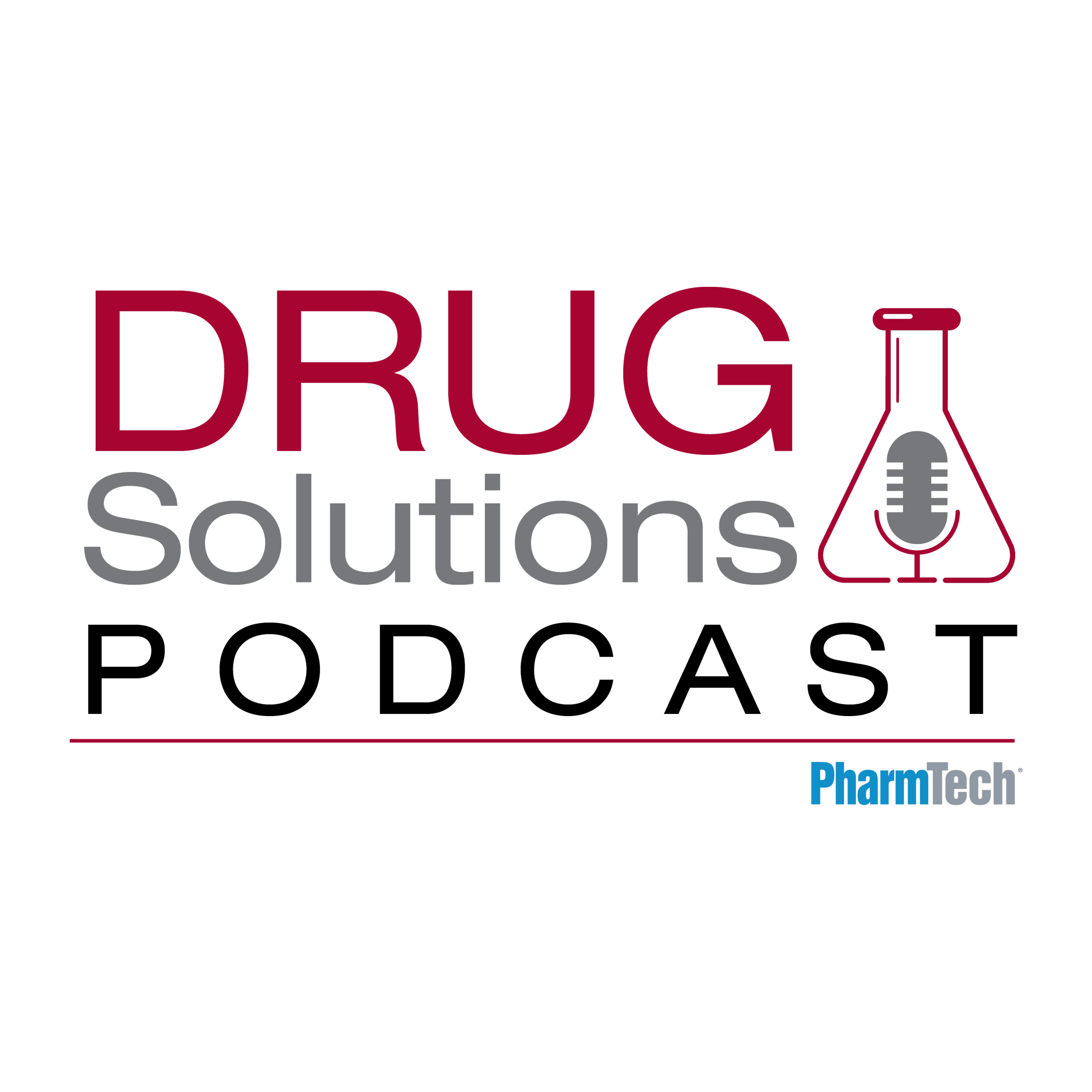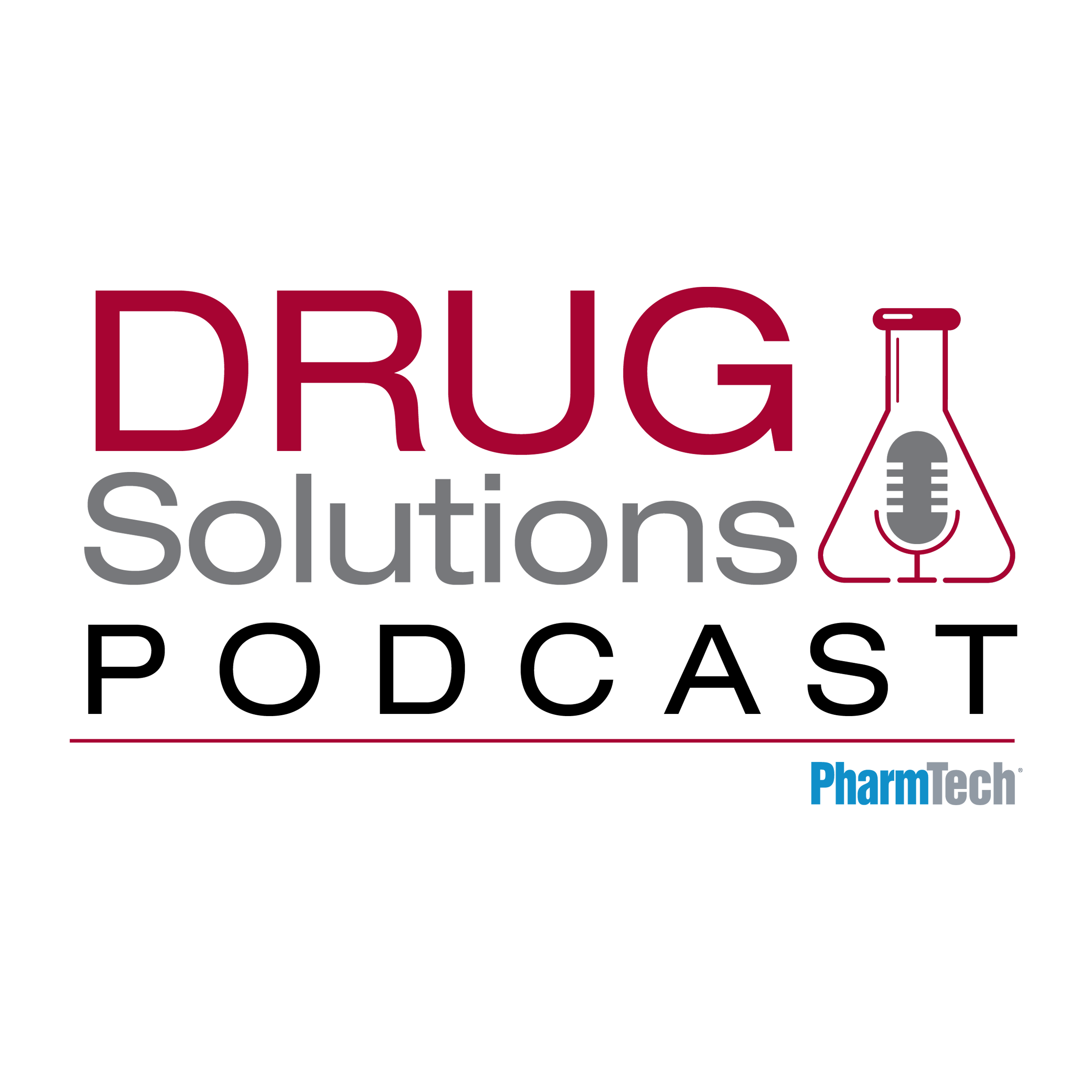News
Article
Equipment and Processing Report
Equipment and Processing Report
Evaluating Cross-Contamination Risk of Highly Potent APIs
Author(s):
Manufacturers using highly potent APIs must examine cross-contamination routes and determine acceptable limits.
Highly potent APIs present several challenges for finished-dosage drug manufacturing because they must be handled in a manner that both protects the drug product from cross-contamination and protects manufacturing personnel. Automation, process analytical technology that allows monitoring without operator contact, and disposable equipment are technologies that offer potential solutions to some of these challenges (1). No matter what equipment is used, however, manufacturers must first assess the risk of cross contamination and exposure.
Using shared facilities
A significant issue has been whether manufacturers can use shared facilities for manufacturing highly potent drugs. FDA regulations say that penicillins must be processed in dedicated, segregated facilities, and a 2013 FDA guidance added that beta lactams should also be segregated (2). Other products may be manufactured in shared facilities if precautions are taken to prevent cross contamination or mixups, noted Stephanie Wilkins, president of PharmaConsult US, in a presentation at Interphex 2014 (3).
The European Medicines Agency (EMA) has updated their GMP regulations, and the final version of Chapters 3 and 5 will come into effect March 1, 2015 (4, 5). The new regulations say that the outcome of a quality risk management process should determine the need for segregated facilities. The risk assessments should address modes of cross-contamination that could occur to be sure that certain thresholds are not exceeded. Dedicated facilities must be used if scientific data from the toxicological evaluation does not support a controllable risk (e.g., for penicillins or beta lactams), cannot control the risks to acceptable levels, or do not have an analytical method that is more sensitive than the relevant residue limits derived from the toxicological evaluation, noted Wilkins.
EMA does not yet have a final guidance for the toxicological evaluation. An EMA draft guidance on manufacturing in shared facilities (6), however, outlines how to determine threshold values or permissible daily exposures (PDEs) that can be used to set limits for unacceptable cross-contamination. Alternatively, the International Society of Pharmaceutical Engineering (ISPE) Risk-MaPP Baseline Guide provides guidance on how to determine acceptable daily exposures (ADEs) that can also be used to set the limits (7). These limits are more appropriate than previous limits, which may not be stringent enough to protect workers or product quality for highly potent compounds, said Wilkins.
Cross-contamination routes
In a risk assessment, companies must examine various routes of cross-contamination. These routes include mixups, carryover, and mechanical or airborne transfer, Wilkins explained in her presentation.
An example of a mixup is a wrong label on a product. Mislabeling does occur. In September, 2014, for example, Baxter initiated a voluntary recall of one lot of injectable product due to a labeling error on a shipping carton (8).
With shared equipment that is cleaned between different materials, material retained in equipment could be carried over into the next product, resulting in cross-contamination. The big change in regulations here, explained Wilkins, is using health-based limits based on ADE, acceptable daily intake (ADI), or PDE thresholds to determine what the limits should be for confirming that cleaning processes are effective to prevent retention and carryover. ISPE’s Risk-MaPP Baseline Guide offers a scientific, risk-based approach to determining and managing cross-contamination using ADE, which is similar to PDE (7).
Mechanical transfer can occur if residue escapes the process (e.g., a spill onto the floor), where it could be transferred, for example, by operators’ shoes or gloves. Airborne transfer can occur if residue escapes the process and is in the air, where it could be transferred through the air-handling system. Controls must be set to prevent cross-contamination through any of these routes, noted Wilkins in the presentation. In addition, the new EU GMPs now require a risk assessment of these controls to be able to confirm that these products can be safely manufactured in shared facilities.
References
- C. Challener, "Technology Choices in Highly Potent Solid Dosage Manufacturing," Jul. 2, 2013, www.pharmtech.com/pharmtech/article/articleDetail.jsp?id=817278, accessed Sept. 29, 2014.
- FDA,Guidance for Industry: Non-Penicillin Beta-Lactam Drugs: A CGMP Framework for Preventing Cross-Contamination (Silver Spring, MD, April, 2013).
- S. Wilkins, "Using Shared Facilities for Manufacturing High Potency Finished Drugs," Presentation at Interphex (New York City, 2014).
- European Commission,EudraLex Volume 4, Chapter 3: Premises and Equipment (Brussels, Aug. 13, 2014).
- European Commission,EudraLex Volume 4, Chapter 5: Production (Brussels, Aug. 13, 2014)
- EMA,Draft Guideline On Setting Health Based Exposure Limits For Use In Risk Identification In The Manufacture Of Different Medicinal Products In Shared Facilities, (Dec. 13, 2012).
- ISPE, Baseline Guide: Risk-Based Manufacture of Pharmaceutical Products (Risk-MaPP), (Tampa, FL, Sept. 2010).
- Pharm.Tech., "Baxter Initiates Voluntary Recall of Potassium Chloride Injection," http://www.pharmtech.com/pharmtech/article/articleDetail.jsp?id=854254 accessed Sept. 29, 2014.
To hear a recorded interview with Stephanie Wilkins on this subject, watch PharmTechTV.
Newsletter
Get the essential updates shaping the future of pharma manufacturing and compliance—subscribe today to Pharmaceutical Technology and never miss a breakthrough.





